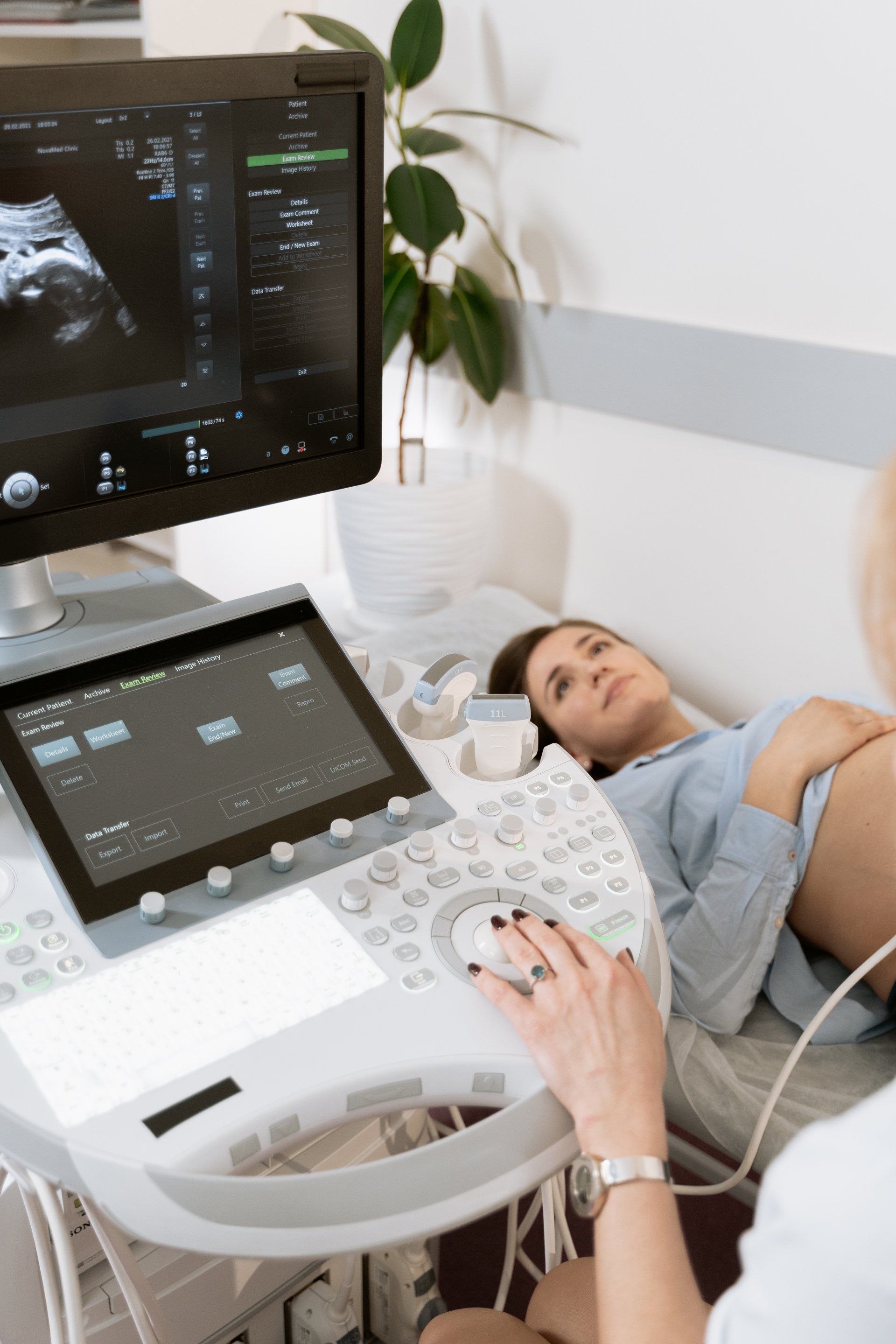How quickly will a copper IUD start working reliably?
If you are considering a copper IUD birth control method, asking the right questions is part of the challenge. Copper IUDs are some of the most practical forms of contraception on the market and are over 99 percent effective.
Unlike other methods of birth control, there isn't much for you to do. You don't have to remember to take a birth control pill each day or schedule a doctor's appointment several times a year. There is no rushing to the store to ensure you have what you need. Once the device is in place, you have years before worrying about replacing it.
It is essential to understand how the device works and when it protects you. So, how long does it take for non-hormonal IUDs to provide an effective form of protection from pregnancy?
How a Copper IUD Works
A copper intrauterine device is a T-shaped device that a health care provider inserts into the uterus. The device is made of plastic, but it has copper coils. They make the environment of the uterus unpleasant for sperm. This means sperm cannot travel into the uterus to fertilize an egg. Without fertilization, the egg will not implant.
A copper IUD is a practical birth control choice for women who want to avoid hormone-based products like pills, injections, or even some IUDs. Because it doesn't rely on hormones, a copper IUD works faster than other forms of contraception.
How Long Does It Take for a Copper IUD to Protect You?
A copper IUD effectiveness starts immediately, even after you have unprotected sex. They are sometimes used as a form of emergency contraception. You need to get the IUD inserted within five days after sex for it to work.
Copper IUDs are able to work this quickly because they do not rely on hormones. A hormone-based product will take up to 30 days to provide protection against pregnancy. Since a copper IUD has coils instead of hormones, the protection starts as soon as it is in place. This makes it a very effective method to prevent unintended pregnancies.
Do You Need Backup Protection With a Copper IUD?
You do not necessarily need a back up birth control method. If the IUD is properly placed, you get immediate protection. That is true for any unprotected sex you had within 120 hours of getting the device.
A copper intrauterine device only protects you from pregnancy, though so you must consider your sexual health as well. It will not protect you from sexually transmitted diseases (STDs), including HIV. So if you are worried about STDs or are involved in risky sex practices, you will want a condom to provide comprehensive STD protection, as well.
How Long After IUD Insertion Can I Have Protected Sex?
Your health care provider will give you exact instructions about what to expect after getting your IUD. Generally, it is recommended that you wait 24 hours after the procedure to have sex. This allows the device to settle in place. You risk moving it if you have sex too soon. Also, you'll want to wait before using tampons or taking a bath.
How Will I Know the Copper IUD is in Place
IUD placement is important! IUDs have strings attached to them, similar to tampons. This allows for their easy removal by a healthcare professional. You should be able to squat and insert your fingers into your vagina and feel those strings. If not, it may mean the device is out of place.
You should contact your healthcare provider if you don't feel the strings. Assume that you do not have birth control protection, too, and use an alternative method of contraception.
You should get in the habit of checking for the strings regularly. Some women like to do it after their periods to ensure they have a schedule for checking. The IUD must be in place for you to have the best protection from pregnancy.
What Are Copper IUD's Benefits Over Other Forms of Birth Control?
One of the primary benefits is that it offers immediate protection. That means if you had unprotected sex within the last five days, you have birth control to prevent pregnancy. That is not something you can get with many other types of birth control.
Other benefits include:
- You don't have to do anything but make sure it is in place once in a while. There is no pill to take or injection to get. The IUD device goes in, and you have protection for five years or more, depending on the product.
- You can use a non-hormonal copper IUD while breastfeeding. Since there are no hormones to worry about transferring through breast milk, it is the perfect postnatal birth control.
- Copper IUDs are a long-lasting birth control compared to other forms of contraception. Five to 10 years is an extended coverage period.
- There are fewer common side effects with a copper IUD. This is because there are no hormones to impact your levels.
Fewer risks and faster protection are vital reasons many women choose a copper IUD like Flex-T as their birth control. Find out more about our Flexi-T IUD, by visiting our website today.







